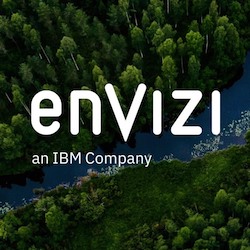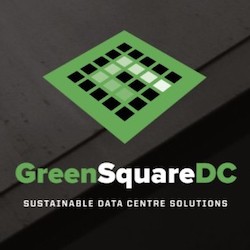Roughly 30% of the world’s electricity came from renewable sources in 2023. That’s a remarkable data point—it was well under 20% two decades ago. Experts worry, however, that further progress could be hampered by outdated grids that cannot deliver renewable-sourced electricity where it’s needed.
In May 2024, the US took steps to address that concern when the Federal Energy Regulatory Commission (FERC) approved, by a 2-1 vote, the nation’s first major electric transmission policy update in over a decade. The new regulations are intended to speed the development of new inter-regional power lines to help move clean energy over longer distances—a critical factor in meeting the administration’s goal of a decarbonized US economy by 2050.
At their core, the FERC’s rules address the way new electricity transmission is approved and funded. Transmission project owners will have to plan for the expected energy needs over the next 20 years in their region; submit funding schemes to FERC; weigh a series of proposals to ensure projects are necessary and sufficient; and commit to modifying existing plants, rather than replacing them, when possible.
A recent US Department of Energy study found that in order to meet current carbon reduction targets, the US will require a 500% increase in inter-regional power transmission. That’s a challenge; the country has three grids that are further divided into a patchwork of operators—and those operators often have competing interests. Compelling them to cooperate and build lines capable of carrying renewable energy over long distances is a chronic headache.
The Cognizant take
The world’s ability to limit the impact of climate change requires, among other things, the electrification of parts of the economy that are still mostly reliant on fossil fuels—such as home heating and road transportation—and to ensure that electricity comes from low-carbon sources.
While progress on renewable deployment has been impressive, Dr. Lila Pupo (pictured, top of page), a decarbonization strategist at Cognizant’s sustainability practice, warns that the US’s aging grids are a bottleneck.
“At the other end of the line, quite literally, the number of electric vehicles and heat pumps is also adding substantial demand, which can only be met sustainably if we are able to plug more renewable sources into our grids,” she says. Currently, the US and Europe have nearly 1,000 gigawatts of solar energy projects and 500 gigawatts of wind waiting to join their grids. More battery capacity is needed to help store energy generated by notoriously intermittent renewable sources.
Artificial intelligence (AI) is another fundamental part of the solution, explains Dr. Pupo. AI can be used to improve grid management, leading to demand reductions in peak hours, more grid stability and superior resilience. Moreover, by analyzing complex data models to identify correlations, trends and limitations in various future scenarios, AI can also optimize the decision-making process for renewable deployment. In other words, it can help determine where, how and when to install renewable-based generating facilities, such as solar and wind farms.
The new rules in the US could help the country achieve a stronger position by ensuring that grid managers focus on expected demand not merely in coming years but also in coming decades, says Dr. Pupo. Resilience will be a key factor. Grids not only need to be able to transmit more electricity as demand rises; they also need to be prepared to deal with the proliferation of “prosumers” as solar panels on people’s houses proliferate. They will also need resilience to withstand the growing number and strength of extreme weather events—an increase itself associated with climate change.
Given these pressing needs, Dr. Pupo believes people must embrace the technologies that lead to smarter, data-driven decisions.
Guest blog courtesy of Cognizant. Related: Read more Cognizant guest blogs.




